Today, Jiernas Valve will introduce the specific applications of pneumatic valves and electric valves. Pneumatic valves and electric valves are both widely used valve types on the market, but they are commonly used in different situations and have their own advantages and disadvantages.
Valve electric actuators are mainly used in power plants (hydraulic, nuclear, etc.) because a smooth, stable, and slow process is required in high-pressure water systems. That is to say, general electric actuators have high stability, balanced thrust, and strong anti deviation ability, so the control accuracy is higher than that of pneumatic actuators.
However, electric valves have a more complex structure and are more prone to malfunctions, so the technical requirements for on-site maintenance personnel are relatively higher. At the same time, the operation of the motor will generate heat. If the adjustment is too frequent, it is easy to generate thermal protection due to motor overheating, and it will also increase the wear of the reduction gear; In addition, it runs slowly, taking a long time from the regulator outputting a signal to the regulating valve responding and moving to the corresponding position.
The actuator and regulating mechanism of the pneumatic valve's pneumatic actuator are a unified whole, with two types of actuators: diaphragm type and piston type. Piston type with long stroke, suitable for situations requiring high thrust; The thin film type has a smaller stroke and can only directly drive the valve stem.
Pneumatic ball valves and other valves can receive continuous gas signals and output linear displacement (after power on/gas conversion devices, they can also receive continuous electrical signals). Some can be equipped with rocker arms and output angular displacement, with positive and negative effects. They have high movement speed, but the speed will slow down when the load increases, and the output force is related to the operating pressure.

